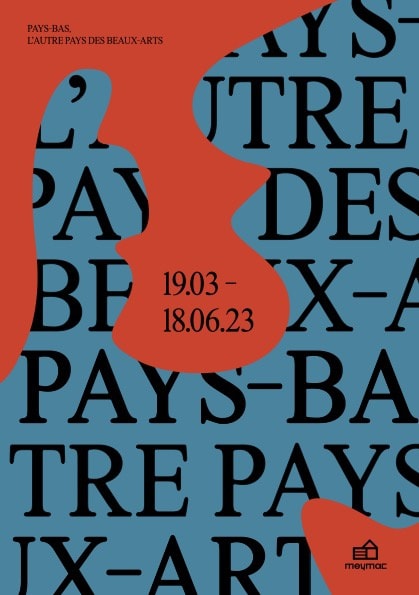When we think of art in The Netherlands, the names of Rembrandt, Rubens and Vermeer immediately cometo mine, and by extension, that of the Golden Age of Dutch painting from the 15th to the 17th century. We also think of pre-Impressionists like Johan Jongkind, of Vincent Van Gogh, or singular figures of 20th-century abstraction including Bram Van Velde, César Domela, Piet Mondrian and the De Stijl movement, whose influences are still felt today.
The Netherlands open onto the sea, and thus onto the world. Sharing its Flemish identity with its Belgian neighbour, it has also absorbed influences coming from both Germany and the United Kingdom. It is often known as Holland, from the name of one of its historic provinces.
For the general public, The Netherlands is difficult to grasp. Its image is often reduced to clichés of windmills, starched white bonnets, frozen canals, polders, speculoos biscuits and wheels of cheese sold at the Alkmaar market. But centuries of history have given it a distinctive identity. In the visual arts, this has flourished since the 15th century, with a succession of geniuses emerging in each major period.
Owing to the weight of this past, along with the effects of European integration and The Netherland’s position as a crossroads in the economic heartland of Europe, the contemporary Dutch artistic scene gets lost in a larger picture that blurs its contours for those outside of artworld circles. But while artistic creation in The Netherlands is in tune with European trends that transcend national borders, we can still discern singular features, in the treatment of space and light, or the persistence of historical themes or forms.




